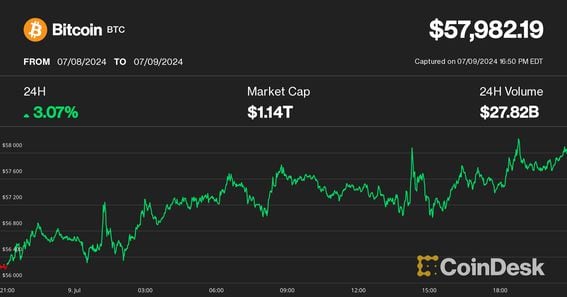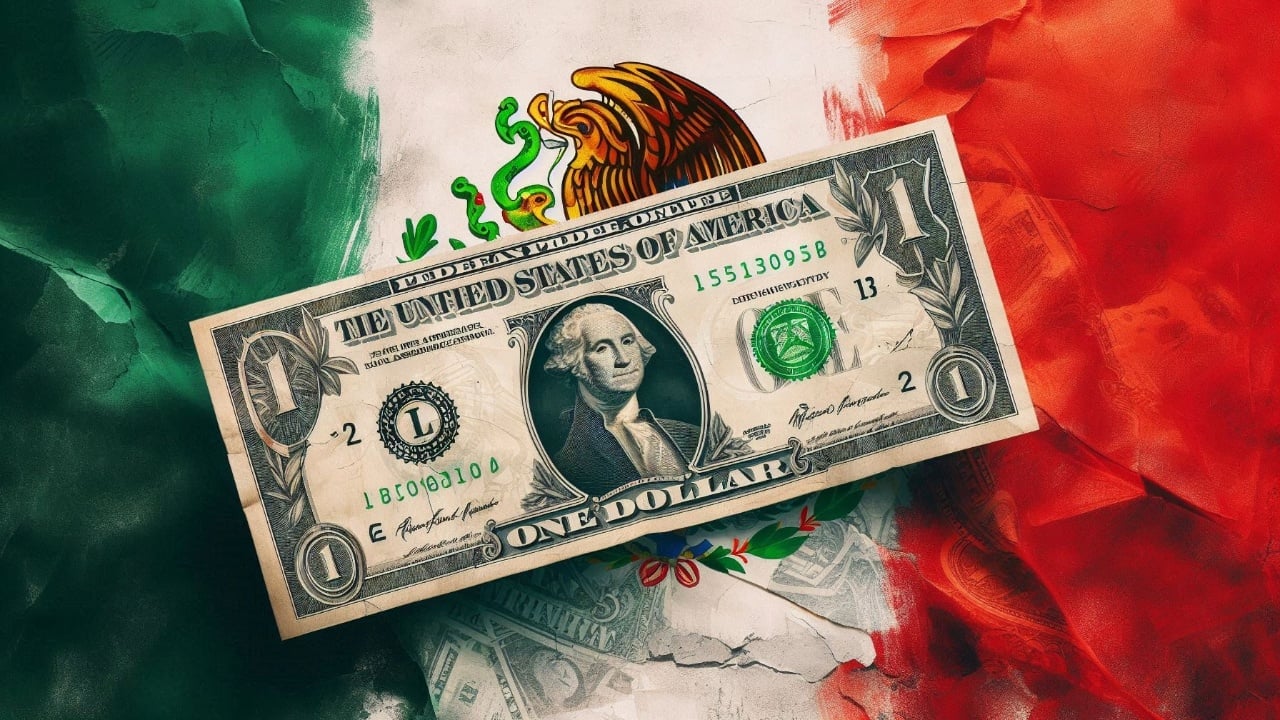Coinspeaker
Moody’s Reduces Ratings of Several US Banks and Puts More Under Review for Potential Downgrades
Bond credit rating platform Moody’s Investors Service has reduced its ratings of several banks in the US. In addition to the cut in these ratings, Moody’s also put several banks under review for possible rating cuts.
The announced reduction affected multiple small and mid-size banks, including Pinnacle Financial, BOK Financial, Webster Financial, and M&T Bank. Others affected are Citizens Financial, Fifth Third Bancorp, and Capital One.
Explaining the decision, Moody’s analysts Ana Arsov and Jill Cetina wrote in a research note that banks are struggling with several problems, largely caused by official monetary policy:
“US banks continue to contend with interest rate and asset-liability management (ALM) risks with implications for liquidity and capital, as the wind-down of unconventional monetary policy drains systemwide deposits and higher interest rates depress the value of fixed-rate assets.”
Moody’s also put a few major lenders under review for a possible downgrade but has yet to cut their ratings. The potential downgrades include State Street, Bank of New York Mellon, Northern Trust, US Bancorp, Cullen/Frost Bankers, and Truist Financial.
As part of its explanation, Moody’s adds that many banks are facing “profitability pressures” that will affect how much internal capital they can generate.
Moody’s Forecast for 2024 amid Rating Cut
Moody’s expects a mild recession in early 2024. The note also states that banks might face risks in their commercial real estate (CRE) portfolios. In addition, analysts have warned about the public loss of confidence in regional banks. This follows the collapse of Signature Bank and Silicon Valley Bank earlier this year. While US authorities like the New York Department of Financial Services (NYDFS) stepped in to allay fears, the sector may still suffer distrust. According to Moody’s, banks with heavy unrealized losses face the highest risks for loss of consumer confidence.
In addition to these problems, Moody’s expects banks to face heightened ALM risks because of the Federal Reserve’s continuous increases in interest rates. Like many analysts, Moody’s believes the Fed will keep interest rates high until inflation is reasonably controlled. Unfortunately, this will negatively affect fixed-rate assets. Other causative factors as described by Moody’s include lower deposits and reduced reserves.
Last month, the Federal Reserve increased interest rates by 25 basis points to 5.25 – 5.5%, with a midpoint height not seen since 2001. The 22-year high will likely put pressure on banks, assets, and consumers. Regardless, Fed Chairman Jerome Powell has hinted that another increase is possible in September. According to Powell, economic data at the time of the meeting would inform the apex bank’s decision on whether or not another hike is necessary.
Bullish on Bank Stocks
Despite the banking problem in Q1, not everyone is bearish. Investor and hedge fund manager Michael Burry has made big purchases in regional banks. In a now-deleted tweet, the ‘Big Short’ investor said he believes the crisis would quickly resolve.
According to securities filings in May, Burry’s Scion Asset Management bought 150,000 First Republic Bank shares and 850,000 shares in New York Community Bancorp (NYSE: NYCB). Scion also bought 250,000 shares in PacWest Bancorp (NASDAQ: PACW), and 125,000 Western Alliance Bancorp (NYSE: WAL) shares. Reportedly, Scion spent $23.4 million on these purchases. There is also a reported $4.6 million purchase of Wells Fargo (NYSE: WFC).
Moody’s Reduces Ratings of Several US Banks and Puts More Under Review for Potential Downgrades





